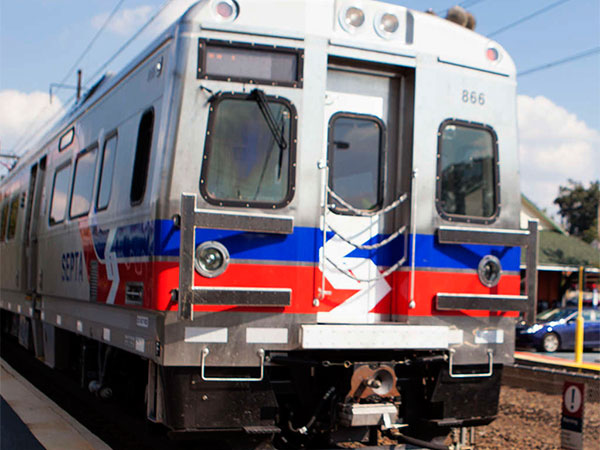With new state funding on the way from the recently signed
transportation law, SEPTA has switched from doomsday threats to promises of a
grand restoration.
SEPTA will move quickly to replace aging vehicles and
infrastructure, to keep trains and trolleys running on routes that had been
threatened with extinction, deputy general manager Jeffrey Knueppel told the SEPTA
board Thursday.
SEPTA hopes to double its annual spending for vehicle
purchases and construction projects to $600 million within five years, Knueppel
said. Currently, SEPTA's capital budget is about $300 million a year;
increasing contributions from the state are expected to incrementally boost
that amount each year.
"This is an extremely exciting time for us,"
Knueppel said Thursday, calling the planned projects "transformative"
for the transit agency.
SEPTA will finally be able to replace century-old rail
bridges, such as the Crum Creek Viaduct on the Media-Elwyn Line, and decrepit
power plants, such as the Jenkintown Substation, built in 1931. The agency also
will move to replace the 43-year-old Silverliner IV railcars that make up
two-thirds of its fleet.
Facing a $5 billion backlog of repairs, SEPTA officials had
warned legislators that without more money, the transit agency would
drastically cut service.
In September, general manager Joseph Casey outlined a
doomsday plan that proposed to eliminate nine of its 13 rail lines, shorten two
others, close a subway line, and convert trolley routes to bus lines.
Last month, the legislature narrowly approved a sweeping
transportation-funding measure, and about 70 percent of the mass-transit
funding in the package would go to SEPTA, the state's largest transit system.
By 2018, that would mean a boost of about $400 million annually for SEPTA.
Construction will begin next summer on some of the most
pressing projects, Knueppel said, with a phased plan to do much of the work
over five to 10 years as money becomes available.
In addition to railcars, bridges, and power stations, the
plans include new trolleys, new overhead power lines for trains, improvements
to the Center City trolley tunnel, many miles of new track, shored-up rail
beds, new communications and signal equipment, repaired maintenance facilities,
more handicapped-accessible subway and elevated stations, and, eventually,
rebuilt subway station and pedestrian concourses beneath City Hall.
A dozen Regional Rail stations will be rehabbed, and parking
will be increased at some of the busiest stations.
But SEPTA's plans no longer call for a parking garage at the
station in Jenkintown, where many local residents had opposed a proposed
garage.
"These are the type of core infrastructure projects
that are essential to the everyday operation of the SEPTA system," Casey
said Thursday. "The new transportation-funding bill is a game-changer for
SEPTA, its riders, and transportation in the region as a whole."
The SEPTA board on Thursday also approved a $1.28 billion
operating budget for the fiscal year that ends June 30.
The board had passed a stopgap, six-month operating budget
to keep buses, trains, and subways running after July 1, as legislative
negotiations continued through the summer and fall over transportation funding.
The operating budget was set at the same level as last year
and included savings on health insurance, fuel, and legal claims that erased a
projected $38 million deficit for fiscal 2014.
Source: Philly.com

No comments:
Post a Comment